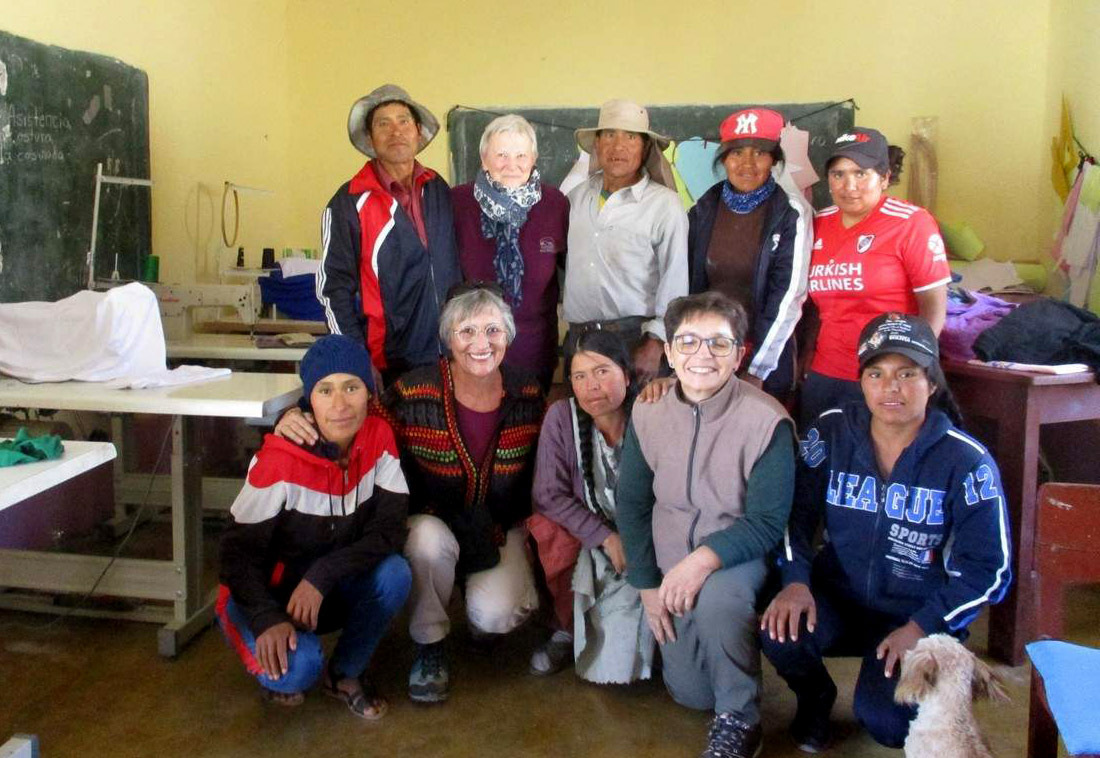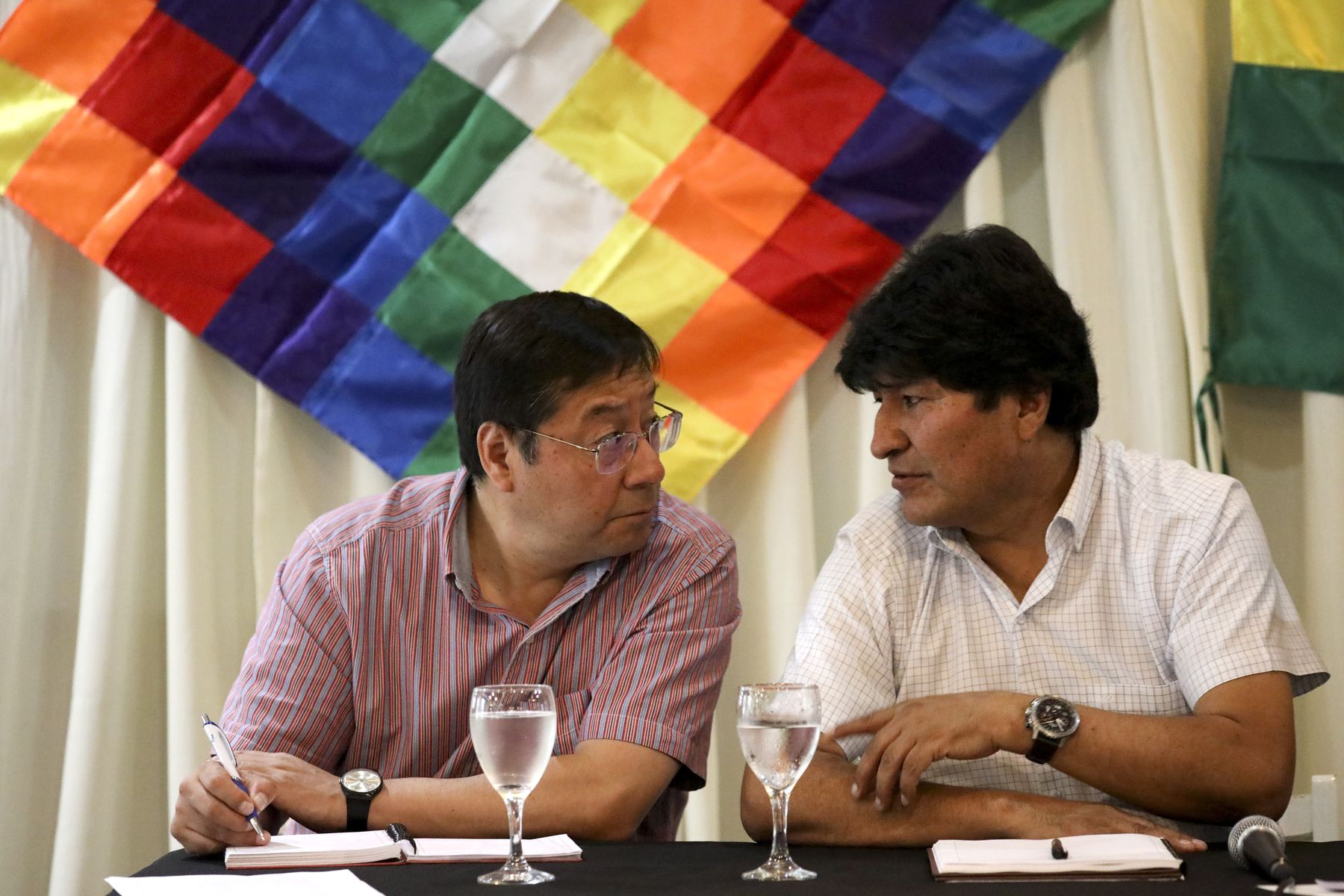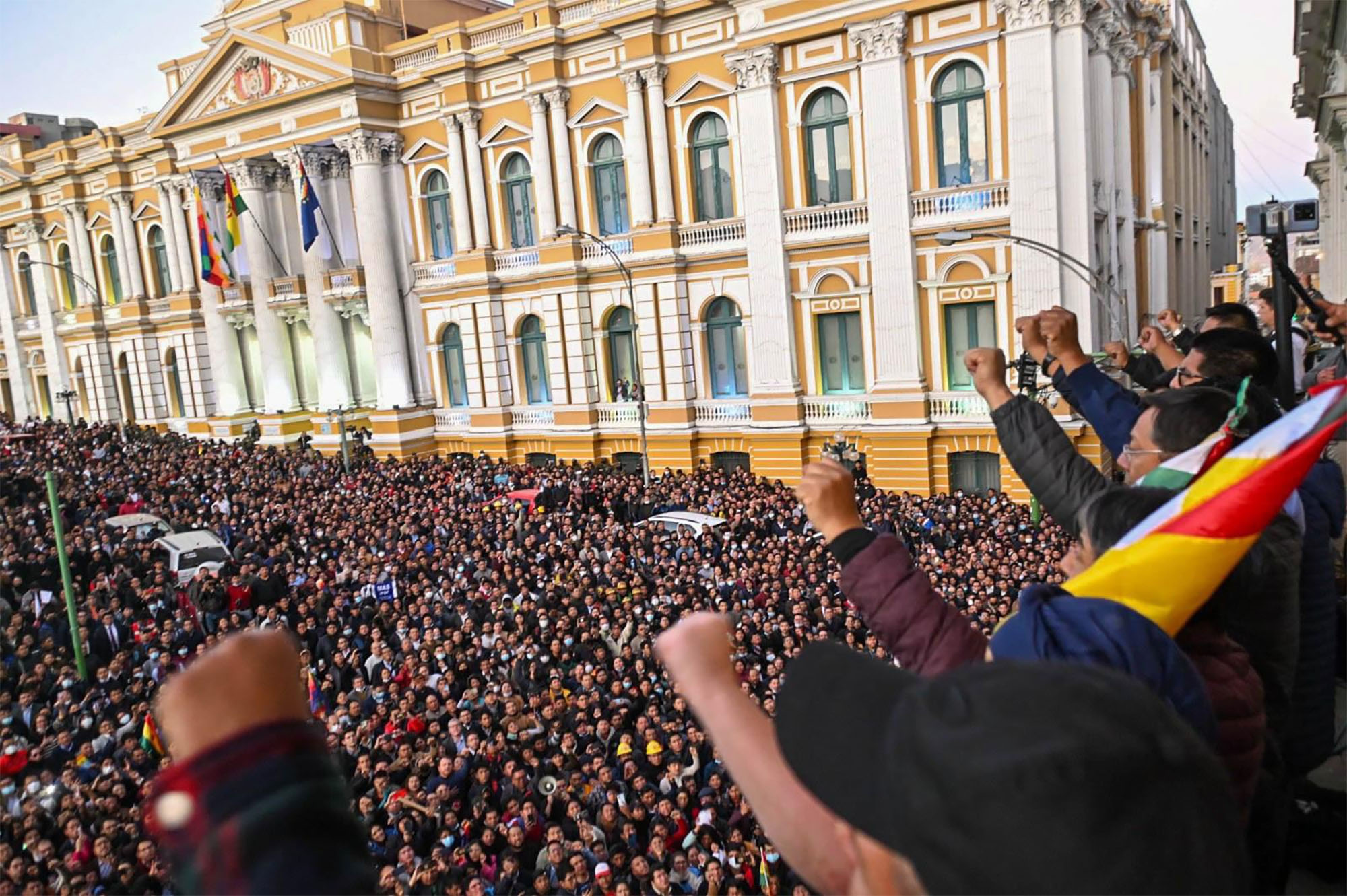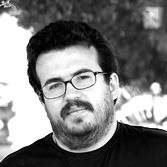The Bowels of the Coup
- It has been 10 years since the coup in Honduras and for the fourth time, the Pentagon can joyfully proclaim the victory of the Euroleague. After Zelaya (2009), Lugo (2012) and Rousseff (2016), they have achieved the collapse in Morales and have managed to limit the echoes and the direction of the newly completed Red October in Latin America – the popular revolts of Ecuador and Chile, as well as the defeat of Macri.

Like the three previous blows, Bolivia has suffered a blow in the twenty-first century. Firstly, the procedure has not been classic, that is to say, it was not the army that carried out a direct military attack or that which took control of the executive. Secondly, it has been staged as a social rebellion because a possible civil movement has led demonstrations on the street. Thirdly, the power vacuum has been filled through the legislature, boosting the takeover of a parliamentarian and ordering short-term elections.
That does not mean that there has been no violence, let alone. On the one hand, attacks on MAS leaders and militants are being brutal (kidnappings, beatings, public humiliations, burning of their homes). Of course, that civil movement is using paramilitary groups to do so. On the other hand, the coup, in its final phase, acquired a civic and police character, as the police forces rose up against the government and joined in the direction of the ‘civil’ movement. It was very significant to see Fernando Camacho, the leader of this movement, marching in a police car from La Paz. Finally, the pressure and threat of the military dome were decisive against Evo Morales.
The coup
has concrete objectives, mainly
to restore the traditional oligarchic model and destroy the current post-neoliberal,
anti-imperialist and sovereign project.
How has the success of the coup been? It's one of the most important questions these days. The process of change in Bolivia seemed to be one of the strongest governments of the progressive bloc and what has happened is incomprehensible. However, beyond idealized readings, more stringent analysts have put on the table some weaknesses to understand the fall of government. For starters, the loss of a referendum to be re-elected in 2016 sent Morales a very significant message. However, the government party decided to reintroduce Evo, to which the Supreme Court gave its approval by the judgment. At the same time, various social movements and regions supporting the government (many labour unions, Potosí, etc.) They went away and deteriorated the political base. Along with this, the right-wing opposition of Santa Cruz managed to strengthen it in recent years. They have also fought the Executive by forming a strange alliance, this ultra opposition and some of the former allies of MAS. Finally, although the State is in its hands, the monopoly of violence has not been controlled: the police uprising and the autonomy of the Army leadership are the most dramatic examples.
The coup has concrete objectives, mainly to restore the traditional oligarchic model and, therefore, to destroy the current post-neoliberal, anti-imperialist and sovereign project. The traditional racist and white elite has returned to the Government Palace, with the Bible under his arm and full of hatred, but the society before him is not the same. Thanks to the process of change, the indigenous and humble people, historically invisible, regained their material, cultural and symbolically dignity, and I believe there is strong and long resistance. What is going to happen is difficult to know, but it is clear, as one local analyst said, that Bolivia is going to return to its "normal historical situation", that is, that it is unstable and conflictive.
Zubiak eraiki Xiberoa eta Boliviaren artean. Badu jadanik 16 urte Boliviaren aldeko elkartea sortu zela Xiberoan. Azken urteetan, La Paz hiriko El Alto auzoko eskola bat, emazteen etxe baten sortzea, dendarien dinamikak edota tokiko irrati bat sustengatu dituzte.
The sub-provincial elections in Bolivia, held on March 7, can be read as a radicalization of the conflict scenarios, with the MAS being the most hegemonic party at the national level, but with a right with a strong and radicalized presence in the department of Santa Cruz and in... [+]





















